 Text: Laura Vanagaite / Photography: Bruno Barbosa
Text: Laura Vanagaite / Photography: Bruno Barbosa
Drawing the world with Ana Aragão
Meet Ana Aragão – a Portuguese illustrator whose works will take you to the unseen world and cities created by hand. Her artistic language is characterized by details, urban views and spatial questions while her work represents a different and unique view of the world. We talked with the artist about the technique that she uses to create her art and the concept of her works, which is more complex than we imagine.
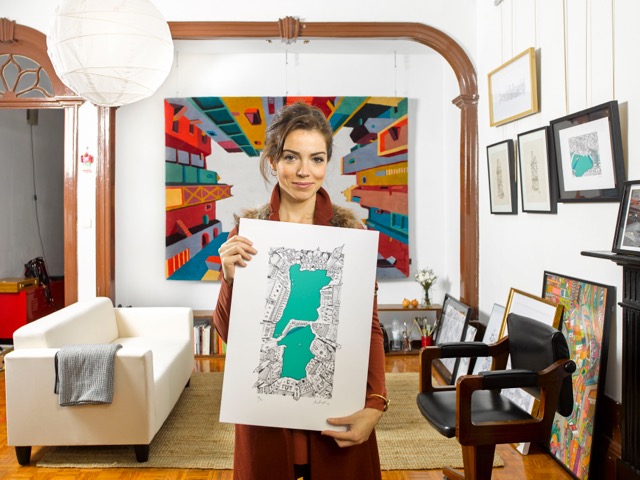
Do you recall the time when you realized you were interested in art and illustrations? How long is it since you’re an artist?
I always appreciated art and drawings, since people around me always considered I was good at drawing. I turned my drawings into my professional activity the moment I realized it was my true vocation and the fact that only this activity would fulfill me completely. That coincided with the time when people started commissioning me illustration works and when I had my first public features in magazines and online publications.
Could you describe the technique used for your works? Are they first drawn by hand or do you combine it with the digital work?
I am very basic: I grab a pencil and a piece of paper and I draw. Or I choose some acrylic paints or watercolors and some cardboard, or canvas, or paper, and I paint. But mostly I draw with thin black ink pens over paper. I do everything by hand, since I have little skills for the digital world. Although I admit that the computer may be a fantastic tool, for me it tends to be more confusing and to slow down my work. It has no scale and you can “undo” everything you did before. I am really an analogical artist: I like to deal with the possibility of the mistake, of having to choose the scale and materiality of the work in front of you, to get carried away by the direct connection between the brain and the hand.
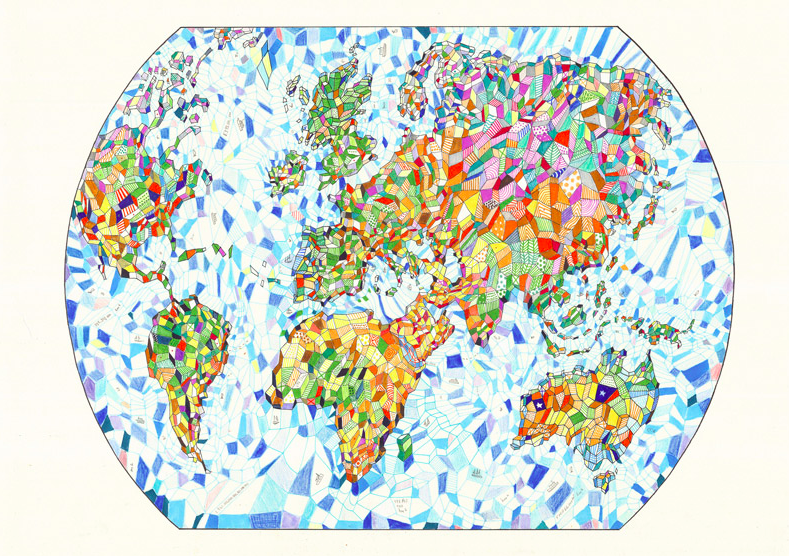
Little magical cities that you show have become a significant element in your works. Why and how was this concept developed?
I studied architecture in Porto, where I graduated, so I spent 6 years immersed in the field of architecture and urbanism. Even after that I continued my studies in architecture, having even started to do my PhD in the field of representation of cities through drawing. So I guess the quantity of information in those specific areas should have marked my subconscious in a profound way. It was only after this long path that I “found” my artistic language, marked by detail, urban views and spatial questions. So the concept of exploring my obsessive city-scapes derives from my studies in architecture, even if that was not premeditated.
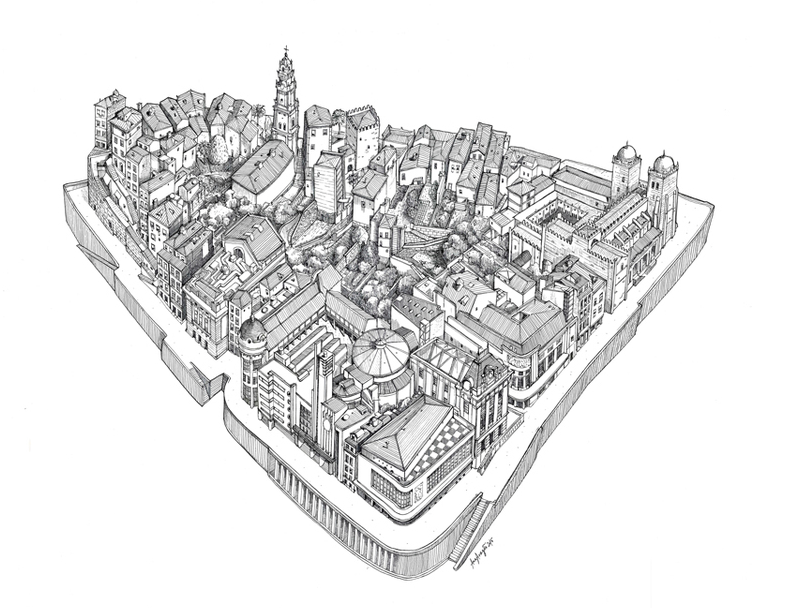
In some works, we can notice your hometown Porto, full of life and movement…
My hometown is always present in my work, I guess. Even when I am not trying to portrait Porto at all, the viewer of my work can feel a lot of Porto in almost all my drawings. If on one hand my work process is very scientific-like (I am very tense and concentrated while drawing), on the otherhand I like to be surprised by the lines that come out of the pen without really thinking much about it, aspiring to use an automatism method. So I guess Porto, my hometown and the city I lived almost all my life, runs in my veins and that permeates to all my artistic work.
What intrigues you the most in the illustration world? How do you keep being motivated and devoted for what you do?
I honestly feel I am only in the beginning of my artistic investigation. What drives me to continue to explore drawing is the constant realization I am not there yet. I have both a personal and a conceptual drive. While I draw, I discover so much about myself and that is particularly important for constantly testing my own limits. In terms of themes, I have this utopic idea of being able to do an infinite drawing, a universal picture that can capture our whole world, our entire existence. As José Saramago puts it, I want to write all the names, or to use a metaphor of José Luís Borges, I want to write a circular and infinite book. I would like to translate the big questions in pictures: the relation between the piece and the whole, the local and the global, the individual and the humanity. And as I know this is outrageously ambitious or even utopian, I guess my drive to do whatever I do will continue forever.
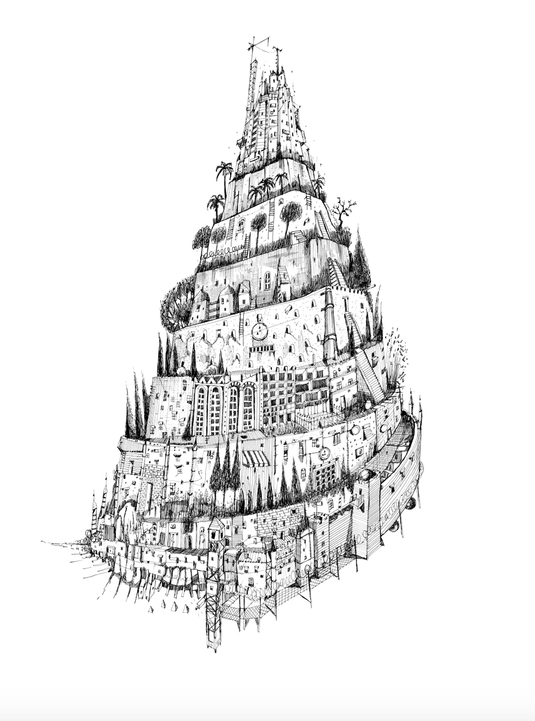
Are there any themes, messages that you like to use in your work so that it would reach the audience?
The general themes are the cities and atmospheres we all live in. I believe the spaces and dwellings we inhabit have real influence on our behavior, wellbeing and even mental health. The spaces of our current cities are too often alienating, cold and impersonal. In most cities, we just have to look at the outskirts of the center, where most population lives. The importance of human settings for emotional living is a very important issue that our consumerist society tends to forget. Instead of only planning spaces for the delight of the eyes, we should think of all other human senses, and specially our imagination. The city should also be a place for imagination and dream, and that is what I try to say with many of my work.
One of your projects called “ Cartografia (Des)encontrada” was done in collaboration with DamnWorks. And the work reflects the cartographical mood of Espinho –a city in northern Portugal. Could You tell us more about this project?
As you put it, I tried to represent the cartographical mood of the city and not the positivist site plan of it. That is the main idea of the piece. I was challenged to represent the city through my own point of view, so the first thing was to visit the site, talk with the inhabitants, experience the cultural and popular life it had to offer. I came to the conclusion that I could divide the city in 6 different experiences: beach and summer activities, city establishments, culture and society, official shopping and street market, fishing neighborhood and fishing tradition. Based on this division, I drew my own experiences of the place. I loved to do that work! It is really detailed and the street market part was specially fun to do.
In the series “Utopian fragments” we can notice the elements of the city, urban life, which are carefully drawn and each character has its own story. Does the symbol of the “city life” have a deeper meaning in Your works?
Yes, for me living in a city means to live it with all the body, all of the senses and imagination. Books and descriptions are very important to arouse our curiosity, but there is nothing like the experience of being in a place and feeling it. I like to get lost in a city, get caught by its ambience and moods. We are compelled in our daily life to substitute the real experience by apps, gps, google searches and virtual experiences which makes us poorer in terms of life experience. City life experience should be eclectic, mixed, diversified, beautiful, overwhelming, inspiring and also its contrary, preferably.
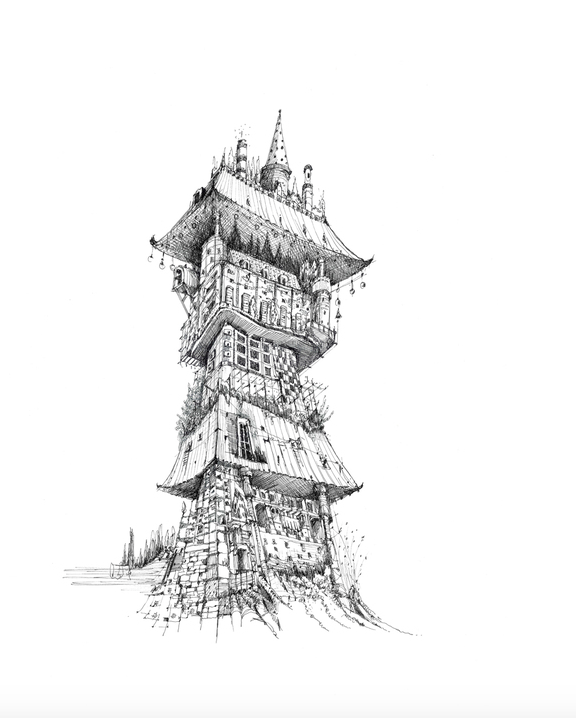
Your works contain not only a 2D view, but also have a spectacular 3D dimensional feeling, which takes the viewer in a magical world that you have created. Is there a certain emotion that you always try to transmit with your works?
I would like people to be able to travel trough my works, as I travel doing them. But it is very difficult, or even impossible, to preview the reactions of the spectator. And that is healthy. I hope to surprise.
What is the most interesting thing about being an artist?
The most amazing and frightening thing about my métier is that there is no rules’ book, no formula, no recipe. Every time I start something new, I deal with uncertainty. Nothing I did before can guarantee the success of what I will do next. Absolutely nothing. I have to deal constantly with my own mistakes. The defeats are harder, because I put my entire energy and heart in every single work, but the victories are also inexplicably enriching. That is beautiful, and fragile. The most important thing in every world/work, in the artistic field or not, is to stay humble.
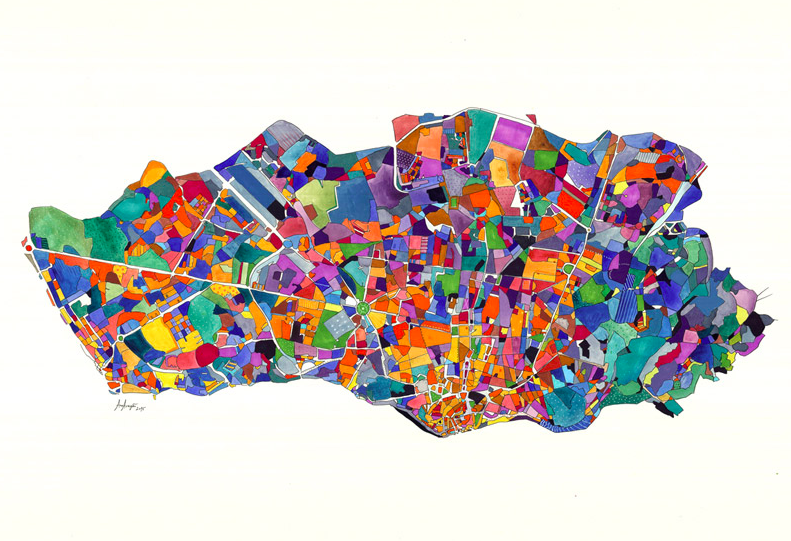
What can the art community expect next from you?
I have some surprises. I am trying new techniques, and larger scales. I will present a project with the theme of Utopia which will result in bigger pieces. To keep the suspense, I can say that I am currently doing experiences in supports so different as glass, ceramic, and fabric.


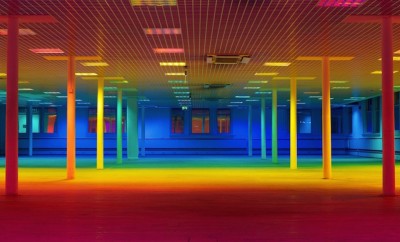
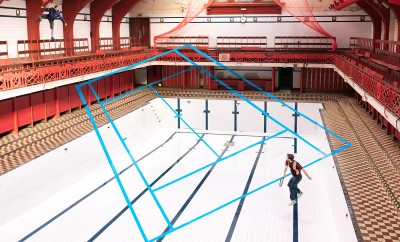
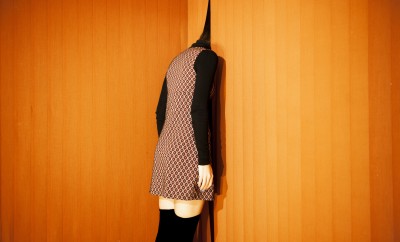

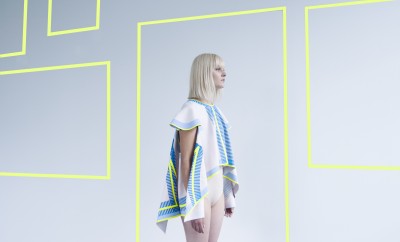

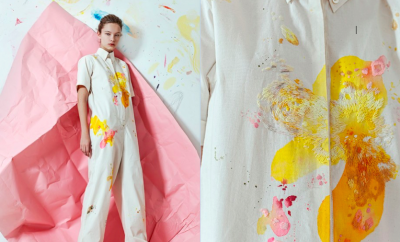
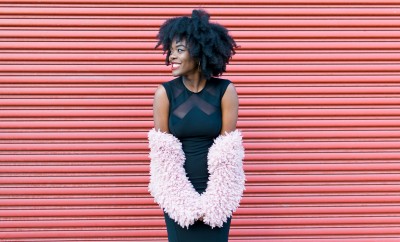

You must be logged in to post a comment Login